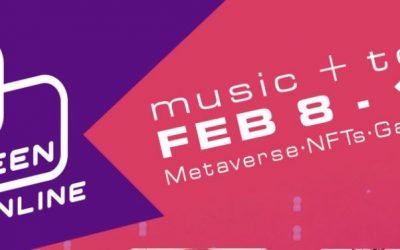To MOOC or not to MOOC? That has been the question in the minds of many educational institutions’ leadership since early to mid-2012. Should we produce our classes on video and share them with a variety of partners to learn from these experiences?
MOOCs (Massively Open Online Courses) were born before Stanford 2012’s spin out of two VC-funded entities. Launched by independent faculty alongside existing classes in 2008, MOOCs tested cloud-based open technologies and connectivist learning ideas. MOOCs are not new in their engagement in media-supported education, ranging from rich histories of educational films through public broadcasting and through various interactive video and gaming products. Yet MOOCs continue to cause enthusiasm and anxiety, painted with the brushes of innovation and of destruction of educational organizations.
How do we have concrete and beneficial discussions about these broadly labeled experiences? Much of the focus has been on some of the science and technology-oriented courses offered by three of the large funded platform companies and a cadre of more than 70 universities. Yet MOOC experiences have ranged from DS106, a creative digital storytelling collaboration, through new MOOCs on mobile health and philanthropy, acting with their action research content working with diverse local communities.
Presently, many vocal experts are painting with a single brush a class that is “online” and are affecting the discussions and emotions behind the questions. Questions arise beyond the economics of learning at scale – questions can focus on the learning science, design, and differences in qualities, as well as the real learning outcomes. Questions also let us use MOOCs to review what actually has been “working” in the 700-person lecture hall and in more intimate distributed learning platforms.
Questions at Hand:
How can we discuss MOOCs to understand (a) what is working, (b) what isn’t working, (c) biases and beliefs around MOOCs, and (d) how to learn from the experiences so far how we can work with MOOC concepts and structures within our own educational environments?
- What is the spectrum of what is being offered and self-labeled as a MOOC?
- Should we have a broader rubric of both measurement and creation? Not all MOOCs are alike or even have the same learning qualities in their design and execution. By creating a stronger rubric to analyze and discuss MOOCs – beyond cMOOCs and xMOOCs as burgeoning labels – we can help participants make decisions and designers look beyond their own cohorts of creators to seeing what really works in terms of design, communications/marketing, and integration into broader life-based learning programs.





